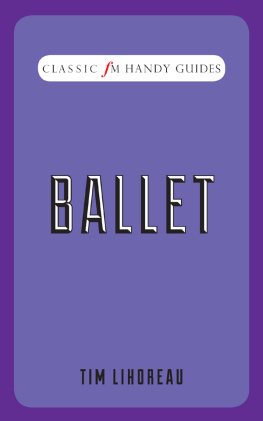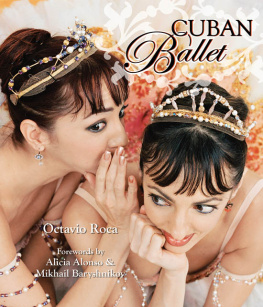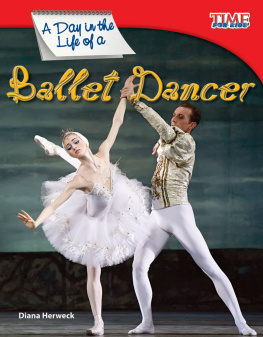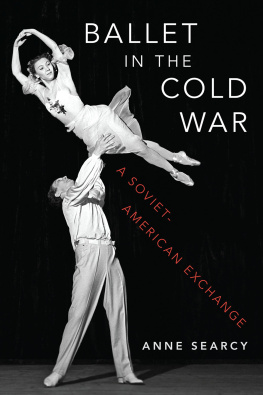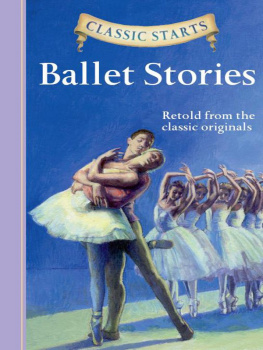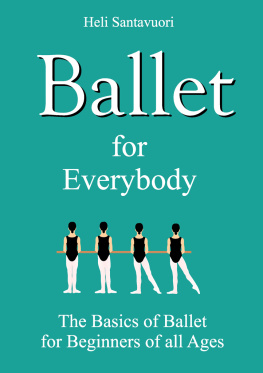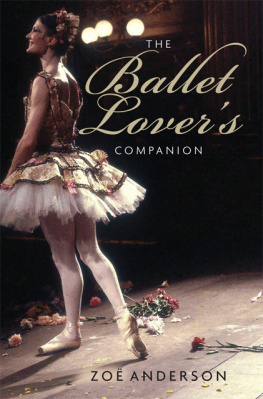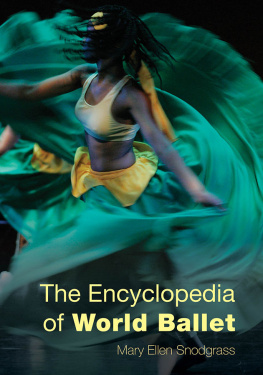Marius Petipa


Oxford University Press is a department of the University of Oxford. It furthers the Universitys objective of excellence in research, scholarship, and education by publishing worldwide. Oxford is a registered trade mark of Oxford University Press in the UK and certain other countries.
Published in the United States of America by Oxford University Press
198 Madison Avenue, New York, NY 10016, United States of America.
Oxford University Press 2019
All rights reserved. No part of this publication may be reproduced, stored in a retrieval system, or transmitted, in any form or by any means, without the prior permission in writing of Oxford University Press, or as expressly permitted by law, by license, or under terms agreed with the appropriate reproduction rights organization. Inquiries concerning reproduction outside the scope of the above should be sent to the Rights Department, Oxford University Press, at the address above.
You must not circulate this work in any other form and you must impose this same condition on any acquirer.
Library of Congress Cataloging-in-Publication Data
Names: Meiser, Nadine, author.
Title: Marius Petipa : the emperors ballet master / Nadine Meiser.
Description: New York : Oxford University Press, [2019] |
Includes bibliographical references and index.
Identifiers: LCCN 2018027086 (print) | LCCN 2018053235 (ebook) |
ISBN 9780190659301 (updf) | ISBN 9780190659318 (epub) |
ISBN 9780190659325 ( oso) | ISBN 9780190659295 (cloth : alk. paper)
Subjects: LCSH: Petipa, Marius, 18181910. |
ChoreographersFranceBiography. | Ballet dancersFranceBiography. |
ChoreographersRussia (Federation)Biography. |
Ballet dancersRussia (Federation)Biography.
Classification: LCC GV1785.P42 (ebook) |
LCC GV1785.P42 M45 2019 (print) | DDC 792.8/2092 [B] dc23
LC record available at https://lccn.loc.gov/2018027086
For the absent, always present
mon papa, oncle Jacques, Nicholas, John
Contents
many peoplefriends, acquaintances, even strangershave amazed me by their generosity and I dont know how best to list them. The only thing I do know is that I should begin with the Moscow dance historian Elizabeth Souritz, who too many years ago opened doors and initiated me into the dusty but addictive mysteries of Russian archives. She has supported and guided me and I owe her a lot.
My other thanks, in no particular order, go to: Anthony Cross and Simon Franklin in the Slavonic Studies Section at the University of Cambridge who didnt know what to make of me, but stood by me through thick and thin; Alexander Etkind, Masha Sutton, David Secher, Murray Frame, Lucia Ruprecht, Philip Bullock, and the balletomane-classicists Paul Cartledge and Fiona McIntosh. There are those who helped as international couriers and book-finders (Zhenia Shoenberg, Vera Rennie, and Sveta Dikaanidas), as translators from Spanish and German (Kathy Elgin, Heather Jones, Pam Wilkinson, and Jo Smith), as resourceful fixers (Jon Gray, editor of the Dancing Times, and Lena Kamenskaya), as encouragers and readers (Jenny Gilbert, Rosamund Bartlett, David Jays, Ann Nugent, Thomas Tuohy, Stefanie Fischer, the late Judith Percival, and Ins and Jean Zenati). I am also grateful to the following: Jane Pritchard for supplying me with information about the ballet master Joseph Hansen and more; Doug Fullington for his close knowledge of Petipas choreography; Yelena Demikovsky for helping with some of the more perplexing phrases of Russian; Robert Greskovic and Alastair Macaulay; Jean-Philippe Van Aelbrouck who with spontaneous magnanimity handed me a memory-stick containing his conference paper about Petipas family; Barry Wordsworth for trying to inculcate some musical understanding into my brain; Elena Goodwin; and the wonderful Galya Scott, who by coincidence knew Petipas granddaughter Xenia and who spent countless hours proofreading the Cyrillic parts of this book.
There are many people to thank in St Petersburg and Moscow. In St Petersburg they include: the dance critic Igor Stupnikov; the director of the Mariinsky Theatres Music Library Maria Shcherbakova; Irina Boglacheva who made my life immeasurably easier through her practical help as well as through her scholarly books; Olga Pantaleeva; Lidia Ader; and Makbal Musina, dogged archive detective extraordinaire. The staff of the St Petersburg State Museum of Theatrical and Musical Art (GMTMI) have been wonderful: the director Natalia Metelitsa and her assistant Alexandra Shtarkman, the chief curator Tatiana Vlasova together with many other curators, so keen to share their enthusiasm, among them Sergei Laletin and especially Elena Fedosova, possessor of great ballet knowledge and insight. In Moscow, I will not forget the late Inessa Preobrazhenskaya in the manuscript department of the Bakshrushin State Theatre Museum (GTsTM); and I extend my thanks also to Xenia Iakovleva of the Russian State Archives of Literature and Art (RGALI), and Andrei Galkin.
In France, I received help from lisabeth Guillaume, curator at the Archives de Nantes, Frdric Laux at the Archives Bordeaux Mtropole, Agns Vatican at the Archives dpartementales de la Gironde, and the staff at the Bibliothque municipale de Bordeaux.
In New York, I need to thank Lynn Garafola and Elizabeth Kendall. Laura Quinton did much archival research on Jean Petipas New York season and unearthed important newspaper coverage. She worked in the New York Public Library for the Performing Arts, the New-York Historical Society, the Harvard Theatre Collection, and the Library of Congress, helped by expert archivists. I am additionally indebted to Lynn Garafolas immense scholarship in compiling a Petipa genealogy and list of Petipas works, originally published in her edition of Petipas diaries. These are indispensable aids which I have gratefully reproduced with slight modifications in this book. My OUP editor Norm Hirschy and his assistant Lauralee Yeary also have my sincere thanks, as does the project manager Rajesh Kathamuthu.
The financial help from the British Association of Slavic and East European Studies (BASEES) was a real boost, as was a fellowship from the Likhachev Foundation. The fellowship enabled me to spend an exhaustingly fruitful ten days in St Petersburg, buoyed by the dynamism and resourcefulness of Elena Vitenberg and Anna Shulgat.
Finally, I would like to salute the late, great Ivor Guest, explorer of the virgin territories of ballet history. His many books have accompanied me down the years and his erudition, made graceful by a compulsively readable style, has been a model to aspire to.
transliteration is a field littered with treacherous potholes and the glaring chasms of inconsistency. After much dithering, with the more general reader in mind, I have opted to retain the familiar flawed spellings for well-known names, with occasional deviations. For other Russian names and words, I have used a watered down (and unsystematic) version of the Library of Congress system; but for titles and words contained within brackets or in the endnotes and the bibliography, I have followed the full system fairly strictly, with an apostrophe for the Cyrillic soft sign, but without other diacritics.
For quotations translated in the text, the originals are reproduced in the endnotes, with modernized Cyrillic spelling.



